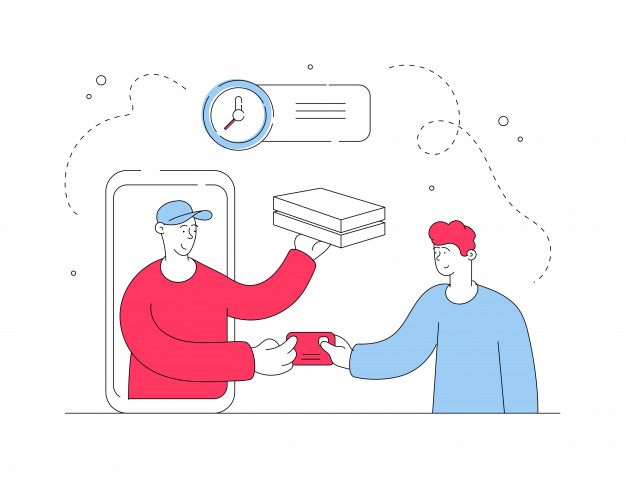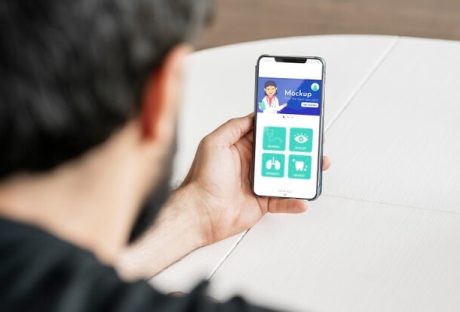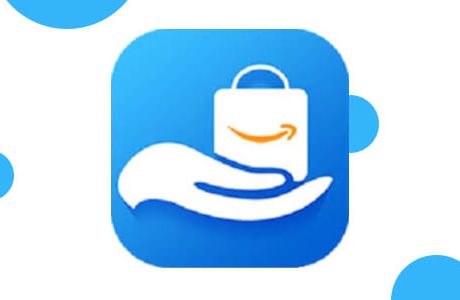Owning a company and running a store is tedious; it is not always easy to track everyone and know what they are doing.
A time card app allows you to run your store or company more efficiently as a manager or business owner. It provides many benefits that you may not know about. While a job clock may not help with everything, it can be one of the best ways to reduce stress in your life and make things a bit easier.
Is a time card app necessary? All of the research data we have indicates that implementing a time card app is needed to run your business correctly. The previous ways of manual tracking time, scheduling, and processing payroll are outdated, stressful, and costly.
You may not be aware of this but calculating everyone’s time by hand to send to the payroll company takes an insane amount of time. Needing to be there at the physical location to ensure everyone punches in takes time away from more critical business tasks. It is essential as a manager or business owner to keep up with the latest trends and tools that could help run a successful business.
The Data That Points To Yes-
If you have yet to hear of a time card app’s benefits, it’s time to learn. They are incredibly beneficial to a business, and because of that, many companies are adopting these systems to automate time tracking and scheduling. No matter the size of your company, a timekeeper app can allow you to efficiently and effortlessly track employee work hours and time off. It enables you to schedule your workers based on their preferences and your business needs.
Prevents Buddy Punching:
Buddy punching is a term that is often associated with those who are punching time for someone else who is not physically present. This means someone is getting paid for the time they are not working. Usually, friends will do this for one another. Using a time and attendance app, you can prevent buddy punching and other forms of time theft, saving your business thousands of dollars each year.
Offers Advanced Reporting:
Having advanced reporting options is crucial for a business owner. These reports allow you to see things like labor costs, which is often one of the most significant expenses you will face, and it will enable you to compare it to what your company made that day. Reports can also be used to determine the productivity of your employee. If you find someone is taking too long on a project, you can adjust your staffing levels or get more hands-on on the project.
Automates Payroll:
Calculating employee work hours by hand is one of the easiest ways to make payroll mistakes. Not only are clerical errors frequent, but manual payroll processing can be incredibly time-consuming. Having a time card app that automatically tracks employee work hours and transfers that information to your payroll provider is crucial to ensure paycheck accuracy and employee happiness.
Improves Scheduling:
Another fantastic benefit of using a timesheet management app is that it improves the scheduling process. It allows you to create a schedule in advance and send out notifications to your entire team. Employees can easily swap shifts or scheduled days off through the software.
Employees also can enter their preferred working hours, which allows you to create shifts based on employee preference and your business needs.
A time card app can be one of the most essential tools that can significantly impact your business. It can help you save tons of stress in the future and can boost your team’s happiness when they know you are paying attention to the amount they work. If you wonder if this system is necessary, it is, and it’s time to make the switch.





















